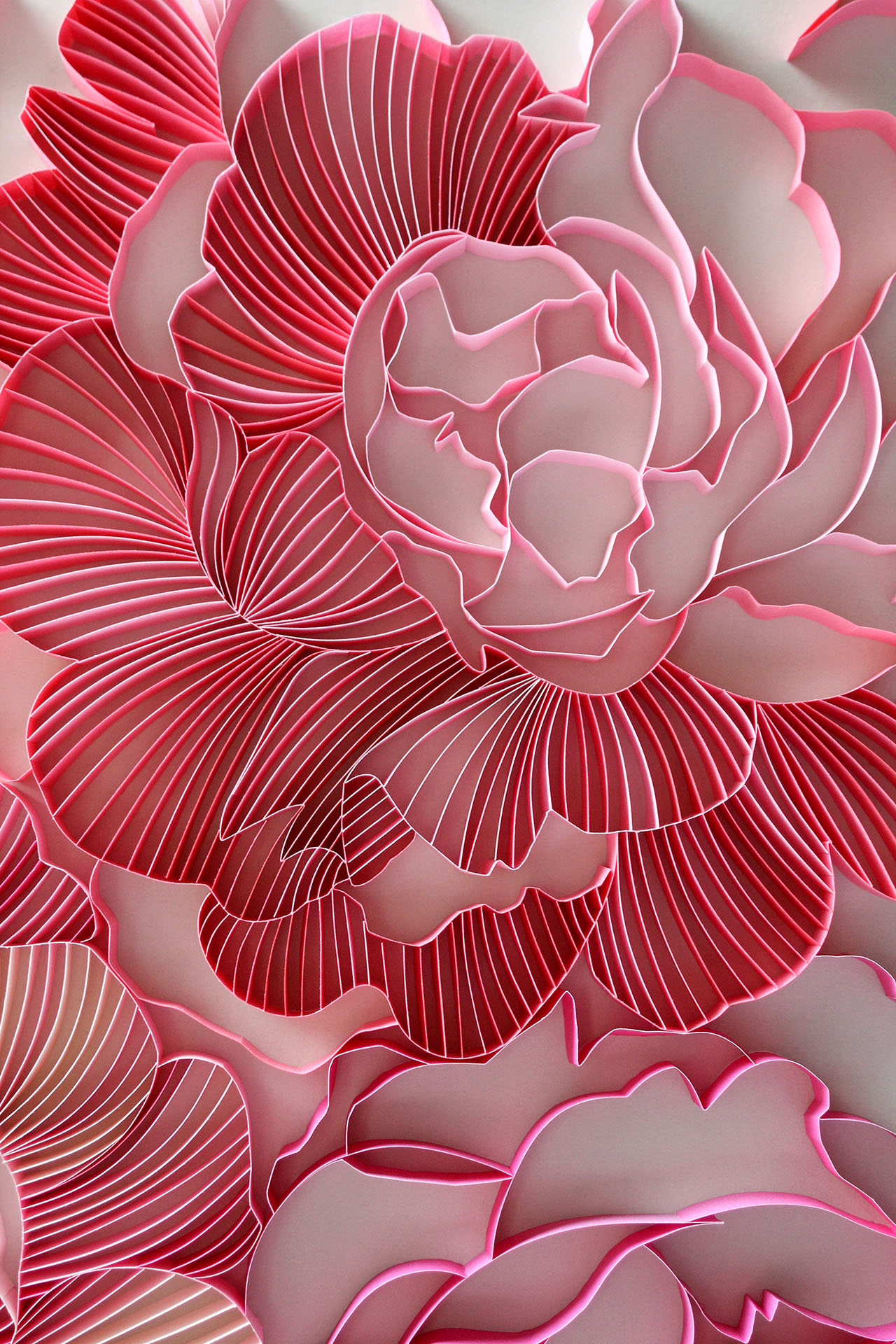HYPER-REALISTIC CERAMIC ART || Museo Bertozzi & Casoni in Italy

In the historic center of the small Italian town of Sassuolo, a contemporary art museum housing a collection of hyper-realistic ceramic art has quietly made its debut.
Sassuolo, a small town straddled between the provinces of Modena and Reggio Emilia, has achieved a prominent position in the world thanks to its famous industrial district, linked to the production of ceramic tiles. Sassuolo not only represents a manufacturing tradition synonymous with innovation and cutting-edge technology, it also embodies an important historical heritage with its palaces, gardens and dwellings belonging to bygone eras.
The Cavallerizza Ducale.
A short distance from the majestic Palazzo Ducale there is the Cavallerizza Ducale, an extraordinary work of art that enchants us with its charm and its skillfully restored architecture, in which the spirit of the past coexists with the modern world.
The Cavellerizza Ducale was built between 1781 and 1788 on the orders of Duke Ercole Rinaldo III in order to rectify lack of stables and accommodation for the Ducal Dragoons that followed the Estense Court when it moved to the Ducal Palace residence of Sassuolo. This building, which in the past formed part of the “Estense Delight” together with the Ducal Palace of Sassuolo, today hosts the first museum dedicated to ceramics in contemporary art: the Museo Bertozzi & Casoni.
The project is the brainchild of Franco Stefani, chairman of System Group, a leading company operating at an international level in the manufacturing industry with a high innovation and technology content. It's his gift to the town of Sassuolo, a place of knowledge and exploration, in which ceramics and Italian culture are at the center of a marvellous stage of honour, representative of the Estense heritage.
The museum brings together the most famous works of the artists that have been exhibited at an international level, including the Tate Liverpool, the Sperone Westwater in New York, the Castello Sforzesco in Milan, the Biennale in Venice, the Palazzo Te in Mantua and the Expo 2015 in Milan.
Composizione non finita-infinita.
Amongst its innovative collection, you will find intriguing pieces such as the Composizione non finita-infinita. Previously exhibited at the Venice Biennale 2009, it is the occasion and a life’s dream of an artist. The piece symbolically embraces the pain of mankind. The iconographies in it speak about art, politics, aesthetics, illness, hunger, inconsistencies, with 509 first aid boxes to tell of the spiritual attention that wraps our life, like a unique solution to the pain and struggle of living.
Madonna scheletrita.
Wandering through the exhibits you will see fun and engaging pieces like the Brillo box con pappagalli inspired by the way Andy Warhol piled Brillo boxes in the gallery, like in a supermarket aisle. Here the boxes are populated by parrots, offering shelter for these vibrant creatures.
On the opposite spectrum, highly reflective pieces like the Sedia elettrica con farfalle will make you stop to think. The inspiration for the piece stems from the artist's reflection over the death sentence. The intention is not to express judgment, but to make us think of the beauty of life and the good in all of us. Three types of beautiful porcelain butterflies represent the three ethnic groups who encounter the death sentence the most: White, Hispanic and Black. The butterfly is known as a symbol of transition from life to death.
Featured artists Giampaolo Bertozzi and Stefano Dal Monte Casoni hail from Imola and have had prestigious artistic training, from the school in Faenza to the Academy of Fine Arts in Bologna. Their interests are focused on a dialogue with the great artistic tradition, cultivating an original vocation for experimentation in the sculptural field, and seeing opportunity to create "painted sculptures" with ceramic material. Between composed surrealism and formal hyper-realism, Bertozzi & Casoni have been exploring the different forms of waste of contemporary society, without excluding cultural and artistic waste, in a production in which fantastic imagination and technical precision, figuration and abstraction, history and contemporaneity, degradation and beauty all form a part.
Polar Bear. Made for the Philosophy Festival held in Modena in 2016, which had the theme “Agonism”. The piece aims to highlight the continuous human effort in caging and taming nature, violating the environment we live in.
It is an original and unique exhibition of its kind, at times surreal, but with the ability to put on display objects and animals that seem real, alive - such is the perfection of every single detail. It is a rare opportunity to understand how a material such as ceramics, so familiar to us in our day-to-day lives, can transform into a work of contemporary art, inside a building which recalls the glories of a distant past and is sublime example of Italian architecture from the 18th century.
Regeneration. The Gorilla acts as a symbol/bridge between reflective human nature and our instincts.
If your travels bring you to the characteristic small town of Sassuolo, we urge you to include a visit to the Museo Bertozzi & Casoni in your itinerary.
Visit
The exhibition is open to the public and admission is free.
You can visit it from Friday to Sunday from 15.00 to 19.30.









